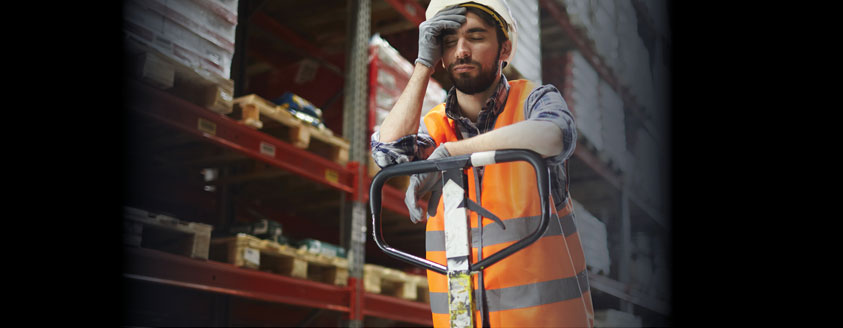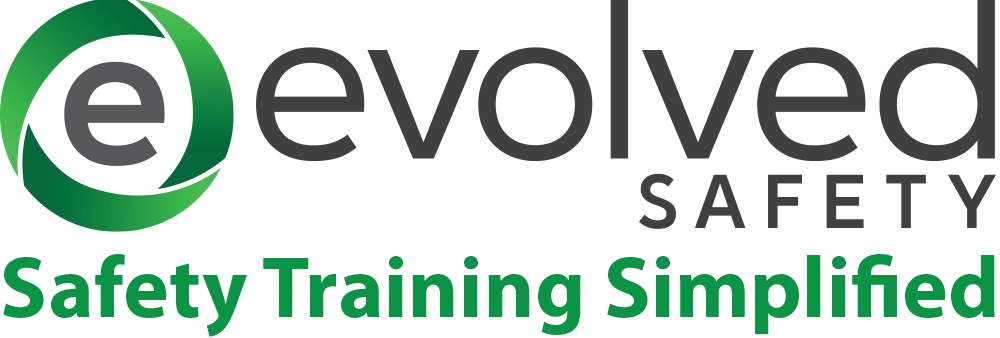Can Fatigue Affect your Bottom Line?

There’s a reason why children get fussy and/or whine when tired – sleep is a vital factor in their overall health. Flash forward into adulthood where adults need an average of seven to nine hours of sleep each night; unfortunately 30% of adults report averaging less than six hours.
Translate that into the workplace – can fatigue affect your bottom line? Long story short – yes, and we’ll highlight the reasons why as you keep reading. Here’s the thing – we’ve all yawned at the office, your work station, or otherwise on the clock, but that doesn’t necessarily mean you’re fatigued. So, what does fatigue mean and what how can it affect your workplace as a whole? Let’s dig in to some key statistics and look at what you can do to stay out of the numbers.
Understanding Fatigue in the Workplace
Fatigue is more than catching some extra Z’s at night. Feelings of fatigue and tiredness have been used interchangeably, but in recent years researchers are considering both feelings to be separate, distinctive issues. While tiredness can often be solved by a change in your routine or getting a good night’s sleep, fatigue can be a more complex issue with a variety of symptoms that usually last longer and are more intense than tiredness.
According to the Occupational Safety and Health Administration (OSHA), fatigue can cause weariness, sleepiness, irritability, reduced alertness, impaired decision making, and lack of motivation, concentration, and memory. In fact, studies have shown that fatigue is linked to health problems, such as:
- Heart disease
- Stomach and digestive problems
- Musculoskeletal disorders
- Reproductive problems
- Depression
- Some cancers (breast and prostate)
- Sleep disorders
- Poor eating habits/obesity
- Worsening of existing chronic diseases such as diabetes and epilepsy
In the workplace, long work hours and extended and irregular shifts may be stressful physically, mentally, and emotionally. Because our body operates on a circadian rhythm sleep/wake cycle keeping us naturally tired at night and alert during the day, these demanding work schedules may cause an override those natural sleep patterns that can lead to increased fatigue. Here are the numbers – more than 43% of workers are sleep-deprived, and those most at risk work the night shift, long shifts, or irregular shifts.
What’s more, fatigue is estimated to cost employers $136 billion a year in health-related lost productivity by interfering with concentration and increasing the time needed to accomplish tasks. Take a look at what fatigue does at work straight from the National Safety Council (NSC):
- Safety performance decreases as employees become tired
- 62% of night shift workers complain about sleep loss
- Fatigued worker productivity costs employers $1,200 to $3,100 per employee annually
- Employees on rotating shifts are particularly vulnerable because they cannot adapt their “body clocks” to an alternative sleep pattern
- You are three times more likely to be in a car crash if you are fatigued
- Being awake for more than 20 hours is the equivalent of being legally drunk
Fight Fatigue with Evolved Safety
We know those statistics look scary, but there’s a silver lining – you’ve already taken your first step in mitigating fatigue in your workplace by reading this blog. The need to understand the issue and consider what fatigue could look like in your workplace is a great starting point. Here are some general pointers you can give to your workers to help them combat fatigue from the NSC:
- Get enough sleep and provide for adequate rest between physically or cognitively demanding activities.
- Talk to their doctor about getting screened for sleeping disorders.
- Align their natural body clock with their work schedule.
- For workers on the night shift, mention maintaining a consistent sleep schedule even on their days off and to use blackout curtains.
As a safety professional, you can take mitigating fatigue risk for you and your coworkers at the workplace a step further with Evolved Safety. We’ll help you look at your current safety training plan to see where tweaks and changes can be made to keep your staff well-rested and alert on the job.
Let us know how we can help. Call or email us for your free consultation.
